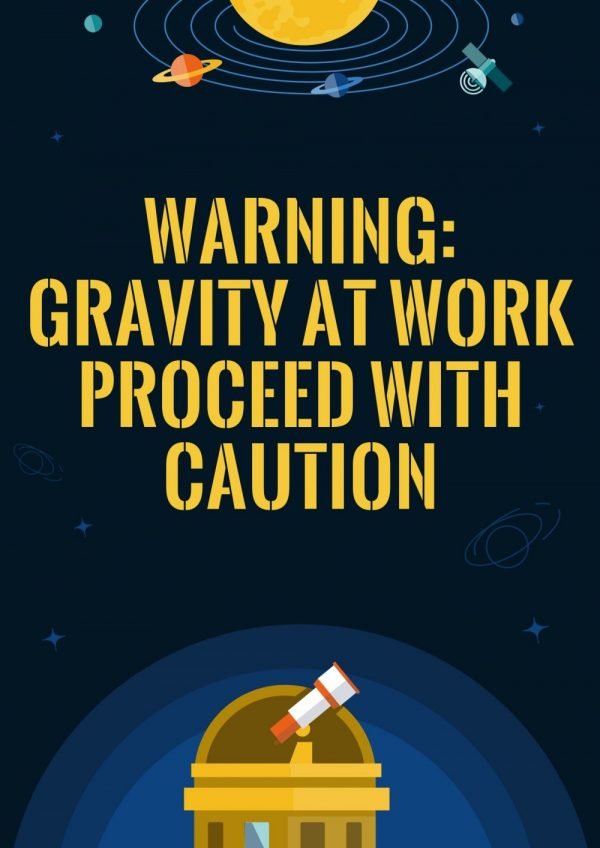There is, no doubt, a great public interest in Astronomy and space exploration these days. And the scientific community is more than happy to share their cosmic knowledge with the non-astronomers. From excellent outreach programs, educational websites, Astronomy and stargazing apps to the widely available raw data from space and ground telescopes – the access to space information can satisfy even the most inquisitive astro-enthusiasts. And yet, the field of public knowledge is filled with astronomical myths and misconceptions. WonderDome is on a mission to set records straight. One space myth at a time!
The most common misconception we come across is “there is no gravity in space”.
“There is no gravity in Space”
Most people know that astronauts and things aboard the International Space Station float (thanks, YouTube!). But many think that “floating” happens because “there is no gravity in Space and the ISS is too far away from the Earth so the astronauts don’t feel the Earth’s gravity”. That’s wrong!
So…why do things float on the space station?
All objects with mass interact via gravity. The force of gravity depends on their masses and mutual distance and is described by Newton’s Law. The International Space Station orbits the Earth at an altitude of 408 -410 kilometers. If you apply Newton’s Law you will realize that the difference between the pull of the Earth’s gravity you are experiencing right now and the one you would have felt aboard the Space Station is only 11%. That’s right: the gravity on the ISS is not 100%, not even 50%, but only 11 % weaker than on the surface of our planet. So there is gravity in Space! But why do things float? Well, they don’t float, they fall! The astronauts, all their belongings and the ISS itself are constantly falling around the Earth (that means they fall towards the Earth, but because of the tremendous sideways velocity they always “miss” the ground). In vacuum all the objects, light and heavy, fall at the same rate (here is the beautiful demonstration by Brian Cox), therefore the astronauts appear to “float”.
How to debunk
If you found yourself facing a difficult task of explaining the whole “floating in space” business to somebody (your child, a class of pupils or a friend), here is what to do:
1) Think together about some of the examples when gravity works “long-distance”, for example
- The Moon orbits around the Earth. Is that gravity at work? Yes. So, that means the G-force still works at a distance of 384 000 kilometers.
- Pluto orbits around the Sun. Gravity? Yes! Therefore even at a distance of 5,906,380,000 kilometers there is still gravity.
- The Sun orbits around the center of our Galaxy. Now we are talking about the gravity that works over a distance of 8700 parsec. That’s 26 850 000 000 000 000 kilometers!
Therefore at an altitude of 410 kilometers where the ISS orbits the Earth there is gravity as well! Gravity is everywhere!
2) Now that the “there is no gravity in space” myth is out of your way, you can offer the correct explanation of why astronauts actually float!
More information
To find out more about life in space and space exploration visit our inflatable dome or send your questions to our planetarium team!
The following space blog posts will help you clarify some of the common misconceptions
What would happen to the Earth if the Sun turned into a black hole?
Five reasons to put a space suit on when going on a space walk
How do we know that the Earth is not flat?

